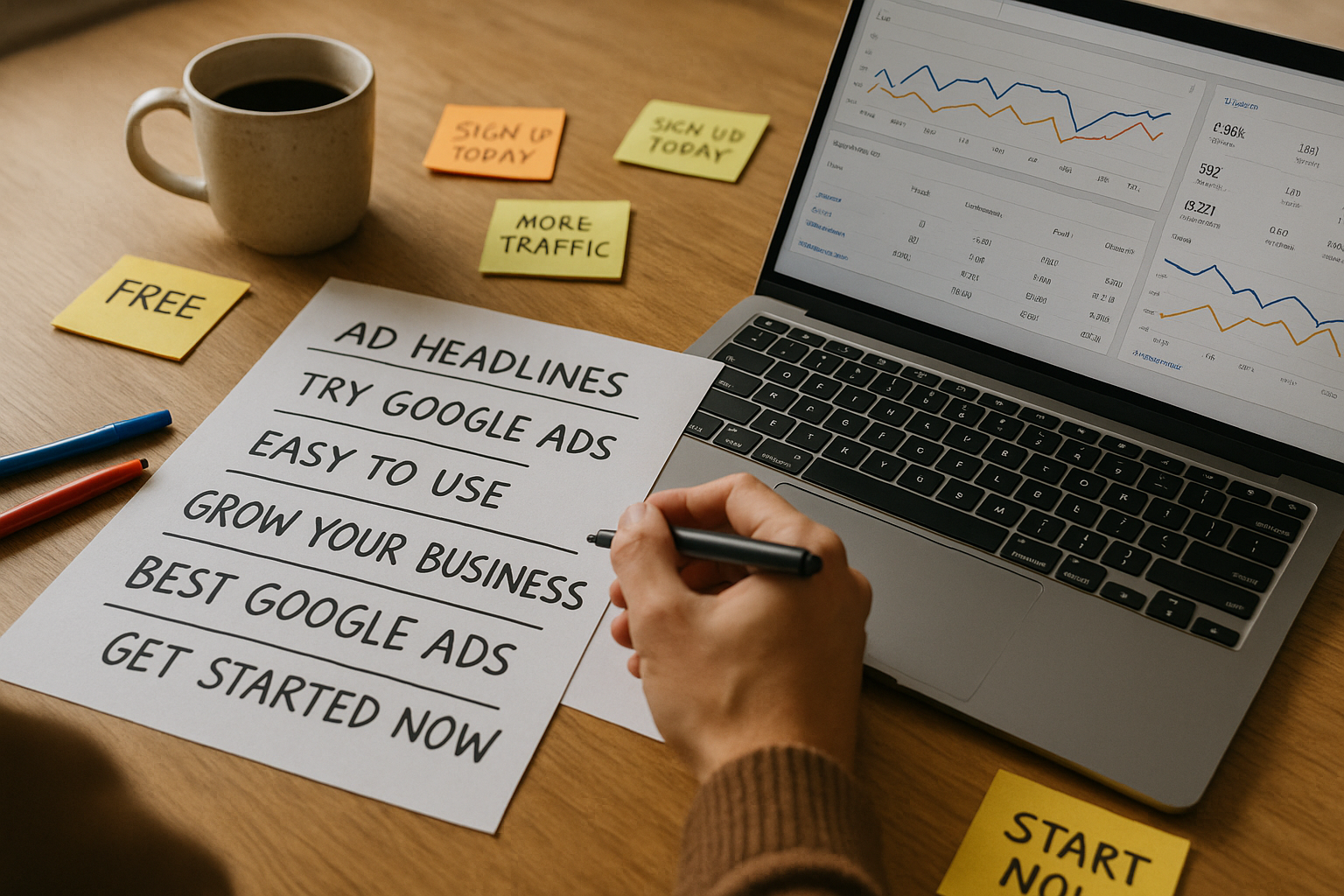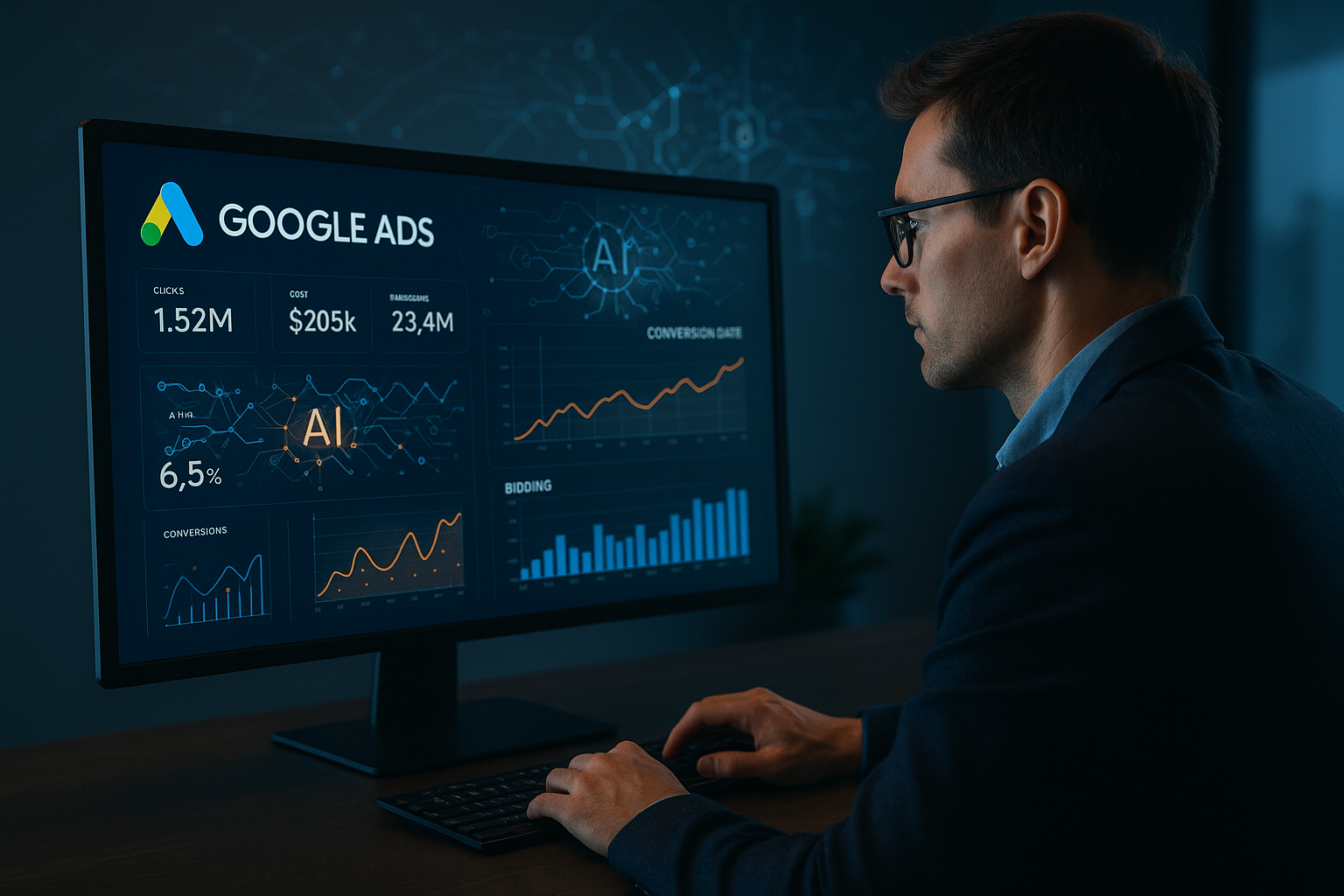What are Local Service Ads?
Local search has transformed how small and service-based businesses connect with nearby customers. While word-of-mouth marketing and traditional online listings remain valuable, today’s consumers often turn to Google as their starting point for finding a trustworthy provider nearby. To address this shift, Google introduced Local Service Ads (LSAs), an innovative advertising option that’s reshaped the digital landscape for local businesses. LSAs give credible local brands the power to appear at the very top of the search results, providing a direct line to customers with strong purchase intent. For small businesses, this is a strategic opportunity to boost visibility, drive high-quality leads, and build community trust.
What Are Local Service Ads?
Local Service Ads are unique pay-per-lead ads designed explicitly for local service-oriented businesses. Unlike traditional pay-per-click (PPC) campaigns, LSAs appear above both regular paid ads and organic listings whenever a potential customer searches for specific local services. These ads highlight essential details such as operating hours, services offered, service areas, Google reviews, and—if qualified—badges like “Google Guaranteed.” Customers can contact the business directly via calls or messages right from the ad, making the path to conversion as frictionless as possible.
For service providers, this format offers dual advantages: premium search real estate and the ability to only pay when actual leads come through (calls or messages), rather than just for ad clicks or impressions.
How Do Local Service Ads Work?
The mechanic behind LSAs centers on connecting ready-to-hire customers to reputable businesses in real time. When users in a specified locality search for services like “emergency plumber near me” or “local cleaning service,” LSAs are displayed prominently at the top of search results and Google Maps. Each ad provides at-a-glance business info: business name, ratings, years in business, service area, verification badges, and contact options.
Once a customer selects an LSA, they can call or message the business directly. The business only pays for this interaction if the user takes an action that qualifies as a lead—such as a phone call of meaningful duration or a completed message inquiry. The result: businesses spend their ad budget on genuine opportunities, not just casual clicks or irrelevant impressions.
Eligibility and the Google Guarantee
Not every local business can launch LSAs immediately. Eligibility involves a thorough vetting process, which includes background checks, business license verification, and—for many verticals—proof of insurance or bonding. This process helps ensure that those who appear at the top are both professional and trustworthy.
Successful applicants often earn a “Google Guaranteed” badge, which signals that their business has met Google’s rigorous standards. For service categories like real estate or law, a “Google Screened” badge is available. These badges strengthen consumer confidence and can significantly improve lead conversion rates.
Setting Up Local Service Ads: Step-by-Step
Getting started with LSAs requires a business to:
- Set up or optimize a Google Business Profile (GBP), accurately reflecting the business location, services, operating hours, and contact information.
- Complete Google’s verification steps, including all required documentation and background checks.
- Select the precise services and areas to target—LSAs work best when tailored to neighborhoods/zip codes most relevant to the business.
- Provide business details, upload photos, set ad availability, and define budget/cost-per-lead limits.
After approval, LSAs go live, and businesses can begin receiving leads directly through calls or messages routed to their preferred device or CRM.
The Benefits of Local Service Ads for Small Businesses
LSAs offer a powerful suite of benefits for local service brands:
- Enhanced Visibility: LSAs launch your business above the competition in both search results and Maps, maximizing high-value exposure.
- Pay-Per-Lead Efficiency: You only pay when a prospective customer contacts you via the ad, keeping the return on investment (ROI) high.
- Trust-Building Features: Prominent display of reviews, Google Guarantee, and business credentials fosters consumer confidence.
- Local Targeting: Businesses can finely control zip codes and services targeted, preserving ad dollars for the most relevant opportunities.
- Budget Control: Flexible budgeting ensures businesses never exceed their ad spend and can scale activity as needed.
How Leads and Billing Work
Lead acquisition and billing with LSAs differ fundamentally from other ad models. Businesses pre-set a weekly or monthly budget and define the services/locations that the ads should target. Google then distributes ads to high-intent local searchers.
Charges accrue only when a legitimate lead—defined by a phone call of sufficient length or a qualified message—is received. No charge is applied for mere ad impressions or misplaced clicks. If the budget cap is reached, ads pause until the next period or additional funds are allocated, eliminating overspending risk.
Importantly, businesses can dispute charges for leads that aren’t relevant or appropriate (such as out-of-area calls or unrelated service requests), offering an additional safeguard for marketing spend.
Local Service Ads vs. Google Ads (PPC): Key Differences
While both LSAs and Google Ads are powerful for building business, their key distinctions shape how they should be used:
- Payment Model: LSAs are strictly pay-per-lead; Google Ads are commonly pay-per-click.
- Ad Placement: LSAs appear above all other paid and organic results; Google Ads appear beneath them.
- Ad Content: LSAs are highly streamlined with service info, verification, and click-to-call features; PPC ads offer more creative formats and expanded text.
- Verification/Trust Badges: LSAs uniquely offer Google badges.
- Targeting Scope: Google Ads can target broader keywords and audiences; LSAs focus solely on local intent and service categories.
For many local businesses, a combination of both can offer the best results: LSAs for high-intent local leads and Google Ads for broader visibility.
Best Practices for Maximizing Local Service Ads ROI
Success with LSAs isn’t just about launch—it’s about ongoing optimization. Key best practices include:
- Respond Promptly to Leads: Speedy follow-up improves the odds of conversion and supports a positive ad ranking.
- Maintain a Stellar Review Profile: Regularly encourage happy customers to leave reviews—star ratings help LSAs stand out.
- Keep Business Information Current: Make sure all services, hours, and locations are accurate.
- Monitor and Adjust Budget: Review which services and locations generate the best results and adjust spending. Use Google’s reporting tools to track ROI.
- Dispute Unqualified Leads: Don’t hesitate to clarify or contest leads that don’t match your specified services or region.
Challenges and Limitations of Local Service Ads
While effective, LSAs aren’t a perfect fit for every business. Common challenges include:
- Eligibility Hurdles: Not all business models or industries are supported.
- Verification Delays: The vetting process can take time.
- Competitive Markets: In crowded local industries, getting top LSA placement can require effort in review collection, fast response times, and sometimes higher budgets.
- Limited Creative Control: LSAs are a fixed template, offering less room for branding or creative messaging than PPC ads.
- Service Area Restrictions: Businesses can only target within defined coverage areas.
Understanding these factors helps businesses set realistic expectations and strategize accordingly.
Frequently Asked Questions About Local Service Ads
What industries qualify for LSAs?
Most professional home, legal, real estate, and personal services—such as plumbing, electrical, HVAC, cleaning, and law—are eligible, with ongoing expansion.
How do review ratings affect placement?
Businesses with higher average ratings and a greater number of positive reviews tend to see improved visibility and click-through on LSAs.
Can LSAs run alongside traditional Google Ads?
Yes—many businesses use both for broad market coverage.
Is the Google Guarantee actually useful?
Yes. For consumers, it signals a risk-free connection. If a customer is dissatisfied with the service, Google may reimburse up to a certain amount.
How to improve LSA performance if results drop?
Check for timely lead responses, update business profile info, collect more recent reviews, and review eligibility documentation for any lapses.
The Future of Local Service Advertising
Google’s Local Service Ads have revolutionized how local service businesses reach, engage, and convert nearby customers. Their pay-per-lead pricing, prime visibility, trust-building features, and direct path to meaningful leads make them an unparalleled digital marketing tool for service providers looking to grow. While there are prerequisites and ongoing challenges, brands that invest in LSAs and follow best practices are well-positioned to capture and serve their community’s demand.
By employing Local Service Ads with the help of an expert like
GetPhound, in a thoughtful, strategic way, small and service-oriented businesses can not only boost their bottom line, but also cement a long-term reputation as the go-to solution provider in their market.












